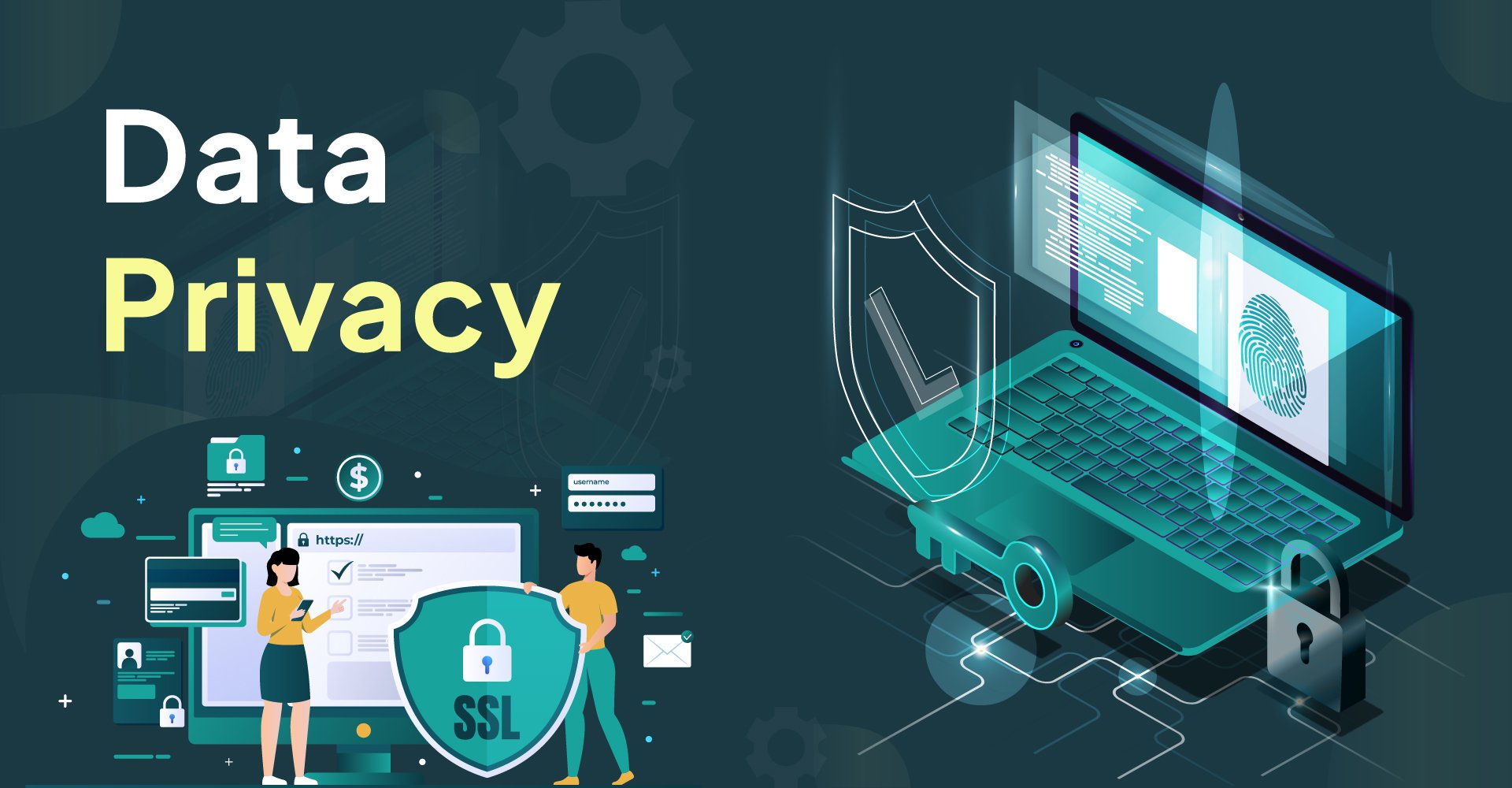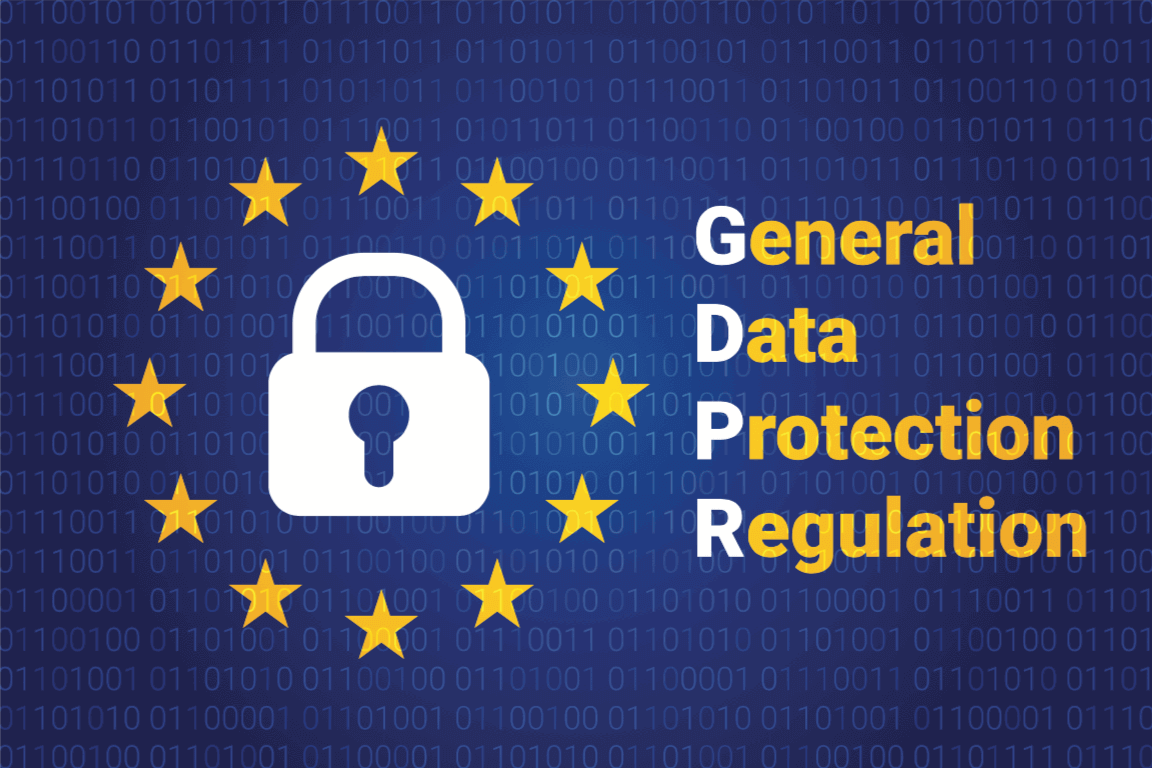Navigating the Data Privacy Maze: A Guide to Compliance for Organizations
Do not be alarmed! You will gain a comprehensive understanding of these important data privacy laws from this blog post, along with the necessary actions your company needs to take to comply.
Understanding the Big Three:
GDPR (General Data Protection Regulation):
- The GDPR, enacted by the European Union, is the most extensive data privacy legislation currently in place. It is applicable to any organization, regardless of location, that processes the personal data of residents of the EU. Individuals are given many rights under the GDPR with regard to their data, including the ability to access, correct, erase, and limit processing.
CCPA (California Consumer Privacy Act):
- Californians have rights under the CCPA that are comparable to those specified in the GDPR. It covers companies that gather the personal data of at least 50,000 California residents, make more than $25 million a year, or get more than 50% of their income from the sale of customer information.
HIPAA (Health Insurance Portability and Accountability Act):
A US law known as HIPAA safeguards patient privacy with regard to individually identifiable health information, or "covered data." It covers health plans, healthcare clearinghouses, and healthcare providers.
The Path to Compliance: Essential Steps
While the specifics of each regulation differ, some core principles underpin data privacy compliance:
Transparency: Be upfront about what data you collect, why you collect it, and how you use it. Provide clear and concise privacy policies that are easily accessible to users.
Consent: Obtain clear and unambiguous consent from users before collecting or processing their personal data. This may involve providing opt-in mechanisms and respecting user choices regarding data use.
Data Minimization: Collect only the personal data necessary for your legitimate business purposes. Avoid collecting excessive or irrelevant data.
Data Security: Implement robust security measures to protect personal data from unauthorized access, disclosure, alteration, or destruction.
Data Breach Response:Have a plan in place to respond to data breaches effectively. This includes notifying affected individuals promptly and taking steps to mitigate the damage.
Remember:
Recall that compliance is a continuous process rather than a one-time occurrence. Make sure your data privacy policies and practices are up to date with changing laws and industry standards by reviewing them on a regular basis.



No comments:
Post a Comment